Japonisme, the Impact of Japanese Art
This term, coined in 1872, denotes the influence exerted by Japanese civilisation on the evolution of Western art in the late 19th century.
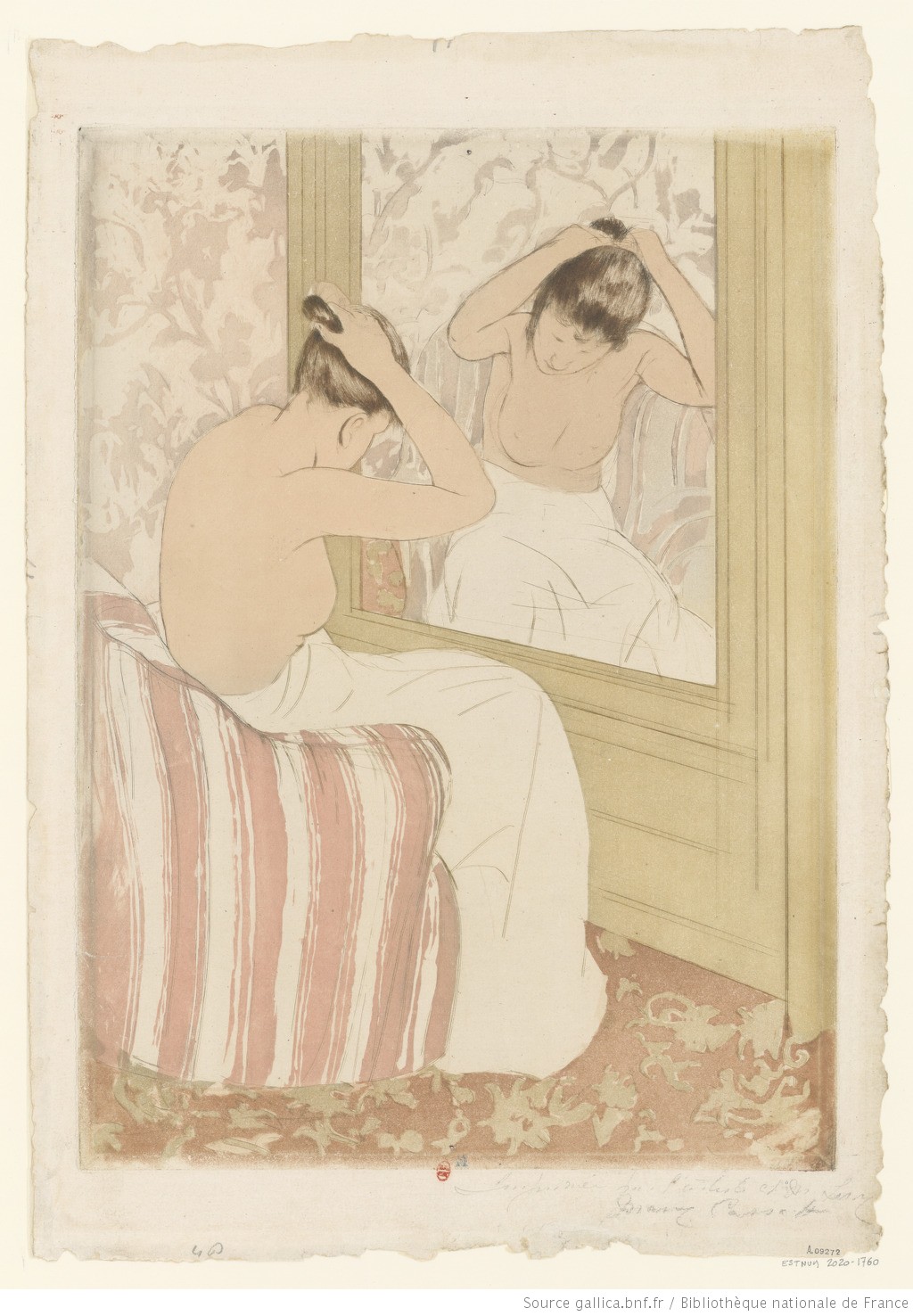
© Gallica Bibliothèque nationale de France
Van Gogh, Monet, and Cézanne: these are some of the many French and European artists to have drawn inspiration from Japanese civilisation in their creative processes. Their paintings often feature curved lines and natural elements. Women wear loose clothing reminiscent of kimono, and screens and fans appear in certain pieces. Notable examples include La Mousmé, Iris, and Portrait of Père Tanguy by Vincent Van Gogh, and La Japonaise by Claude Monet.
This Japanese influence on European artists’ creative processes dates back to when Japan opened up to the world at the beginning of the Meiji era (1868-1912), and the Exposition Universelle held in Paris in 1867. Thus, the West discovered ukiyo-e, ‘pictures of the floating world’, by the most famous artists: Katsushika Hokusai, Hiroshige Utagawa, and Keisai Eisen. These engravings, as well as lacquerware and ceramics, were emulated by artists.
A term encompassing several disciplines
Philippe Burty, a French art critic and collector, decided to give a name to this passion for Japan that was taking over France, and this name was Japonisme, a term he used several times in a series of articles published in the journal La renaissance littéraire et artistique in 1872.
Although painting was the medium most impacted by this Japanese influence, Japonisme also made its mark on other arts like engraving and decorative arts, design, and architecture, as Jean-Sébastien Cluzel highlights in his book Le japonisme architectural en France, 1550-1930.
More information about Japonisme can be found on the Musée Giverny website.
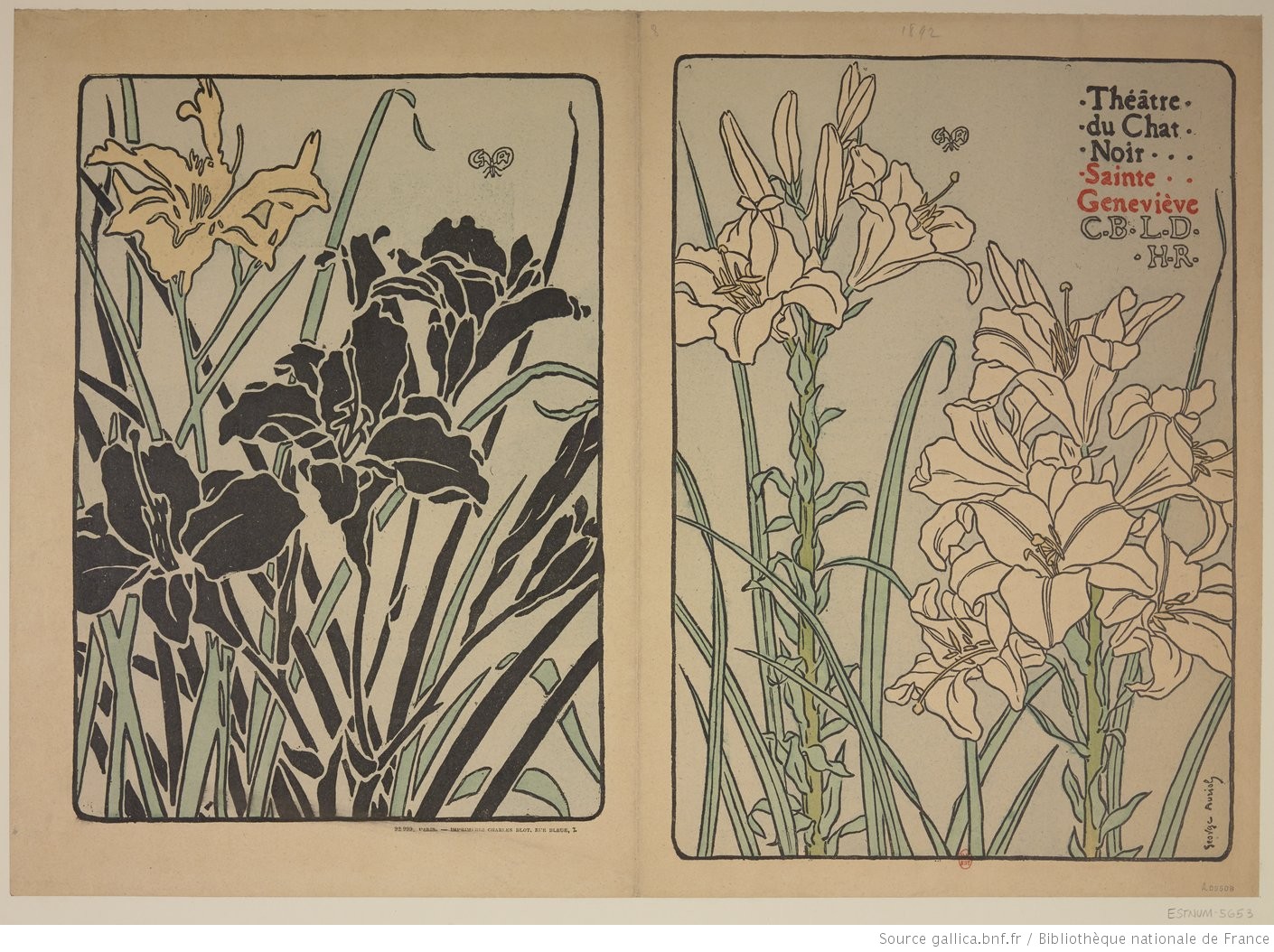
© Gallica Bibliothèque nationale de France
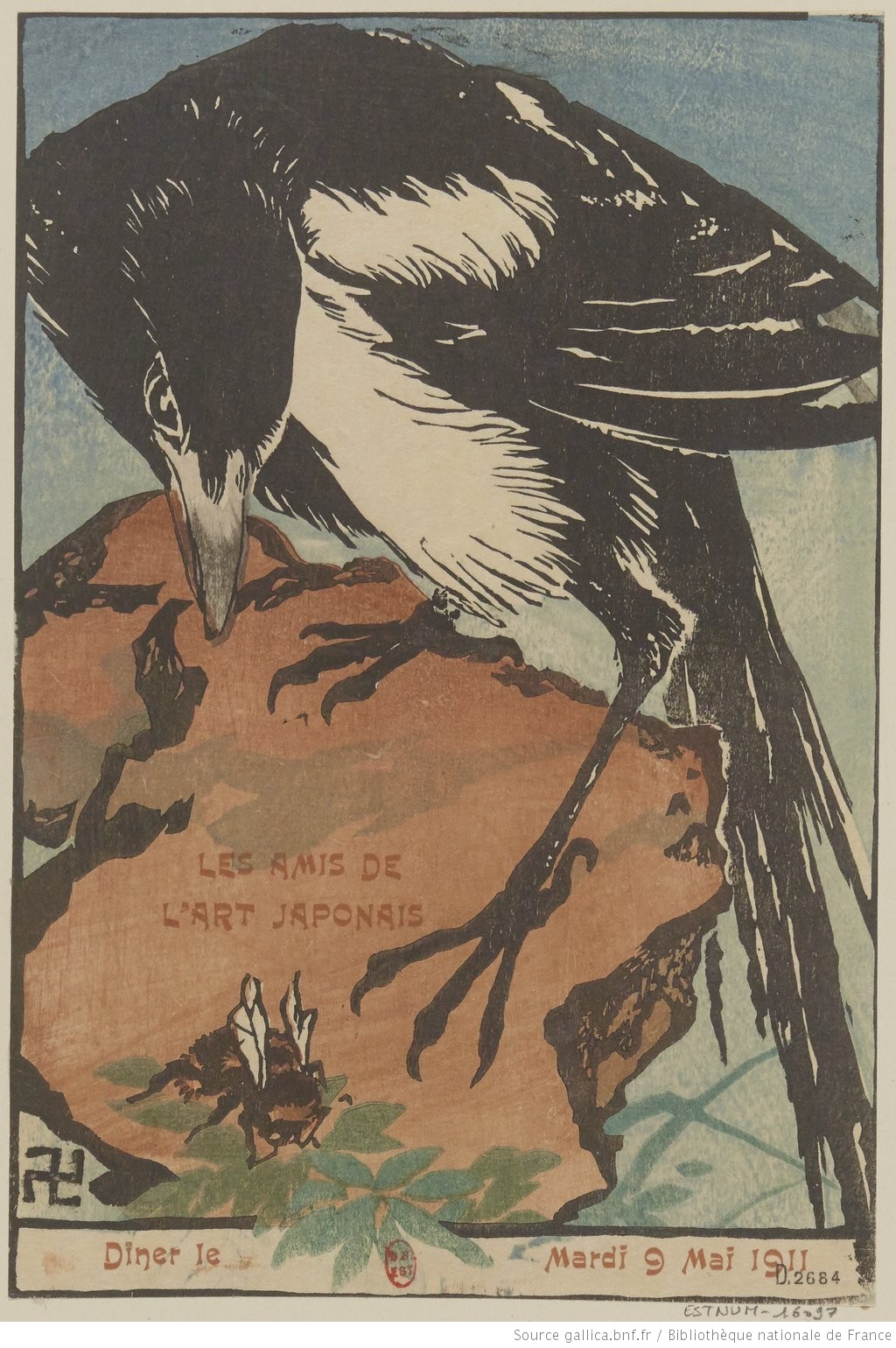
© Gallica Bibliothèque nationale de France
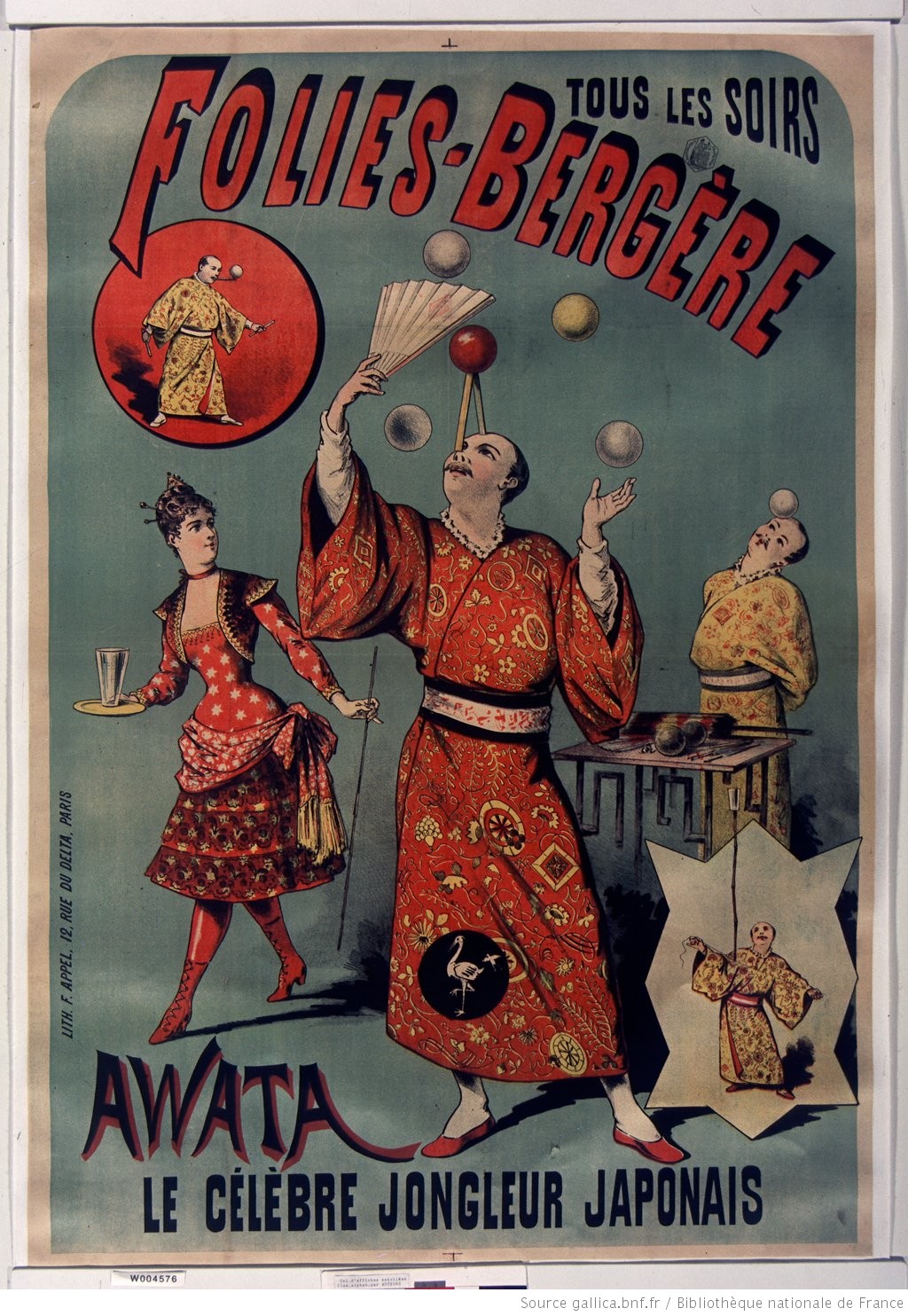
© Gallica Bibliothèque nationale de France
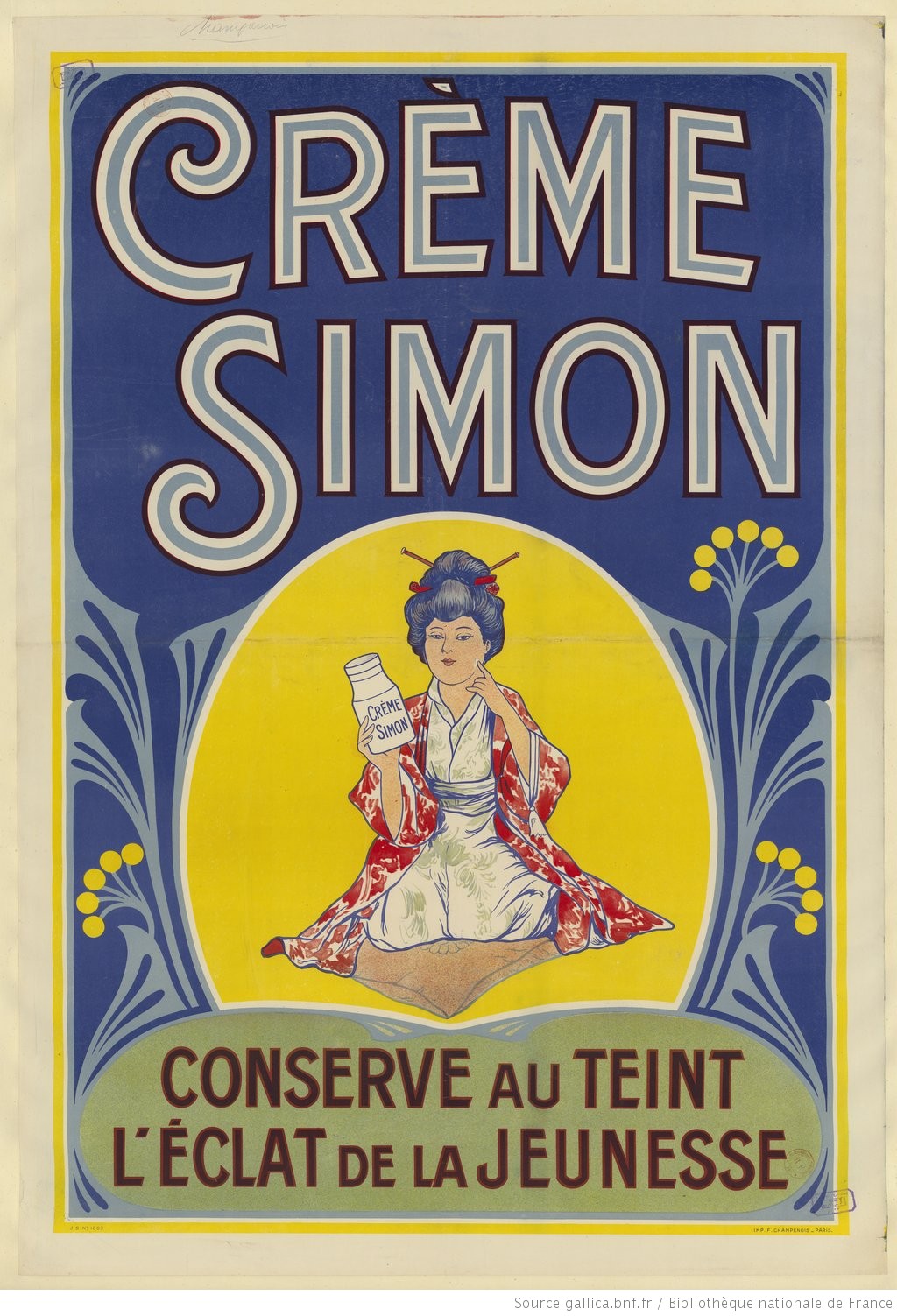
© Gallica Bibliothèque nationale de France
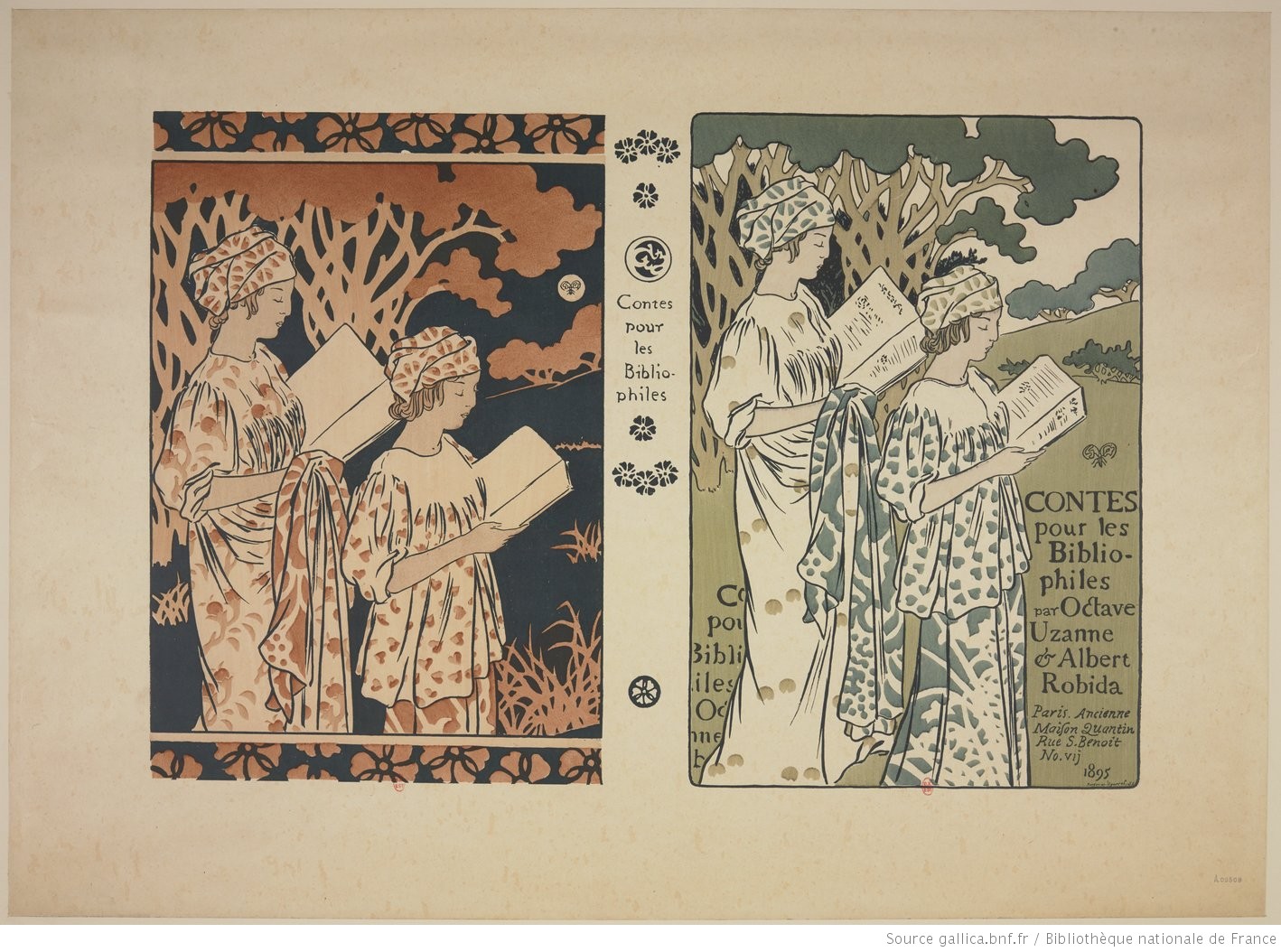
© Gallica Bibliothèque nationale de France

© Gallica Bibliothèque nationale de France
TRENDING
-
The Tattoos that Marked the Criminals of the Edo Period
Traditional tattoos were strong signifiers; murderers had head tattoos, while theft might result in an arm tattoo.

-
Paris, Tokyo: Robert Compagnon
With his co-chef and talented wife, Jessica Yang, Robert Compagnon opened one of the top new restaurants in Paris: Le Rigmarole.
 3:31
3:31 -
Chiharu Shiota, Red Threads of the Soul
Last year, more than 660,000 people visited the retrospective 'Chiharu Shiota: The Soul Trembles' exhibit at the Mori Art Museum.

-
‘Before Doubting Others, Doubt Yourself. Who Can Truly Say a Dish Isn’t What It Used to Be?’
In ‘A Non-Conformist’s Guide to Surviving Society’, author Satoshi Ogawa shares his strategies for navigating everyday life.

-
The Story of Sada Yacco, the Geisha who Bewitched Europe
Described by Dazed magazine as the first beauty influencer, she has been restored to her former glory since 2019.





